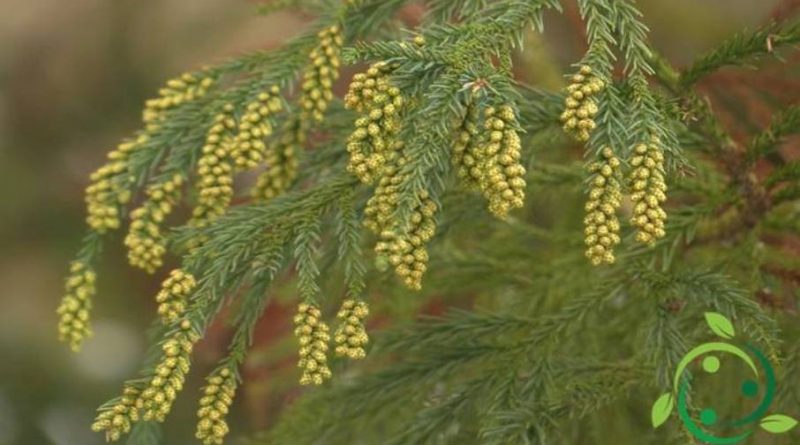How to grow Cryptomeria
How to grow Cryptomeria
Cryptomeria (Cryptomeria japonica (Thunb. ex L.f.) D.Don, 1841) is a species of the family Cupressaceae native to south-eastern China and Japan.
It is an evergreen, perennial species, which is cultivated for ornamental purposes in private gardens and public parks and which is cultivated in this form by bonsai enthusiasts. In this sheet we will see how to cultivate Cryptomeria by adopting the most appropriate agronomic techniques and measures most useful.
The leaves, light green in color for most of the year and in autumn take on a reddish-brown color. It is in fact cultivated as an ornamental plant to decorate grassy flower beds, thanks also to the property of changing the color of the leaves in the winter season, turning towards shades of red-rust or bronzed; dwarf cultivars are used for rock gardens or potted on terraces.
For the choice of the most suitable area for cultivation, remember that Cryptomeria prefers sunny places, even if it adapts to any degree of insolation, and tolerates quite cold climates well with temperatures below 0 ° C but prefers a temperate humid climate and deep and fertile soils.
From the soil point of view in fact, even if the Cryptomeria adapts to any type of soil, as long as it is well drained, it is good to choose looser soils provided with a fraction of coarse sand. spring, perhaps after 2-3 weeks of cold stratification at 4 ° C and with a seed bed placed in a relatively warm environment (15 ° C). Germination will take place between 3 and 9 weeks (depending also on the weather) after sowing.
Subsequently, as soon as possible, the re-filling should be carried out.
Small plants should be kept in a greenhouse, or in a similar protected place, until their entire first winter of life, then they can be planted in late spring or early summer depending on when the risk of frost has passed late.
Alternatively you can raise the young plants for a couple of years in a controlled site, outdoors, and then transplant them to their home in the fall or spring. If we want to attempt vegetative propagation, as is mandatory in the case of cultivars, we proceed with autumn cuttings on a mixture of sand and soil in an unheated environment.
Due to its characteristics and due to its many cultivars, Cryptomeria japonica can be used as an isolated specimen, in groups, for hedges, in containers, conifer collections, for bonsai and also for topiary pruning. Having a decorative bark can be used in winter gardens, also taking advantage of the fact that it is evergreen.
For water supplies, with the exception of the period in which the plants are young, plants grown in the ground generally are satisfied with rainwater.
On the other hand, pot-grown specimens should be watered regularly, especially in hot weather.
It should also be remembered that the crown of Cryptomeria grown in the ground in colder areas should be protected from snow with a breathable fabric hood.
For the addition of fertilizing elements it is advisable to provide well-manured manure or a well-humified organic substance, already in the planting phase, in the same hole where the young seedling is to be inserted. Subsequently, every year, in the early spring period it is mixed with the first layers of soil of the organic substance or earthworm humus.
For Cryptomeria grown in pots, fertilization should be done, from late winter, every two to three months with slow-effect fertilizers containing a potassium nitrogen-phosphorus ratio of 4-2-3.
Furthermore, Cryptomeria is a plant that does not require pruning; generally only broken or snow-damaged branches are cut. As for pests and diseases, Cryptomeria is a rustic plant that is rarely attacked by fungal diseases and animal parasites. Like so many other plants, the rot of the roots caused by water stagnation and, for the species cultivated in the open air, may be subject to attacks by Thaumetopoea pityocampa (processionary); if the plant starts to undress completely it could be the victim of this moth.
Finally, a reference to the forest cultivation of Cryptomeria japonica.
This species, in arboriculture for wood, is governed thanks to the rapid vegetative growth, to high forest with cycles of 35-40 years or to coppice indifferently, providing an excellent timber; for this type of cultivation fertile, loose and deep, non-calcareous soils should be chosen, with high environmental humidity and warm season mitigated by frequent precipitations, it is a plant that adapts to any exposure from full sun to shade and is therefore suitable for plants very dense.

